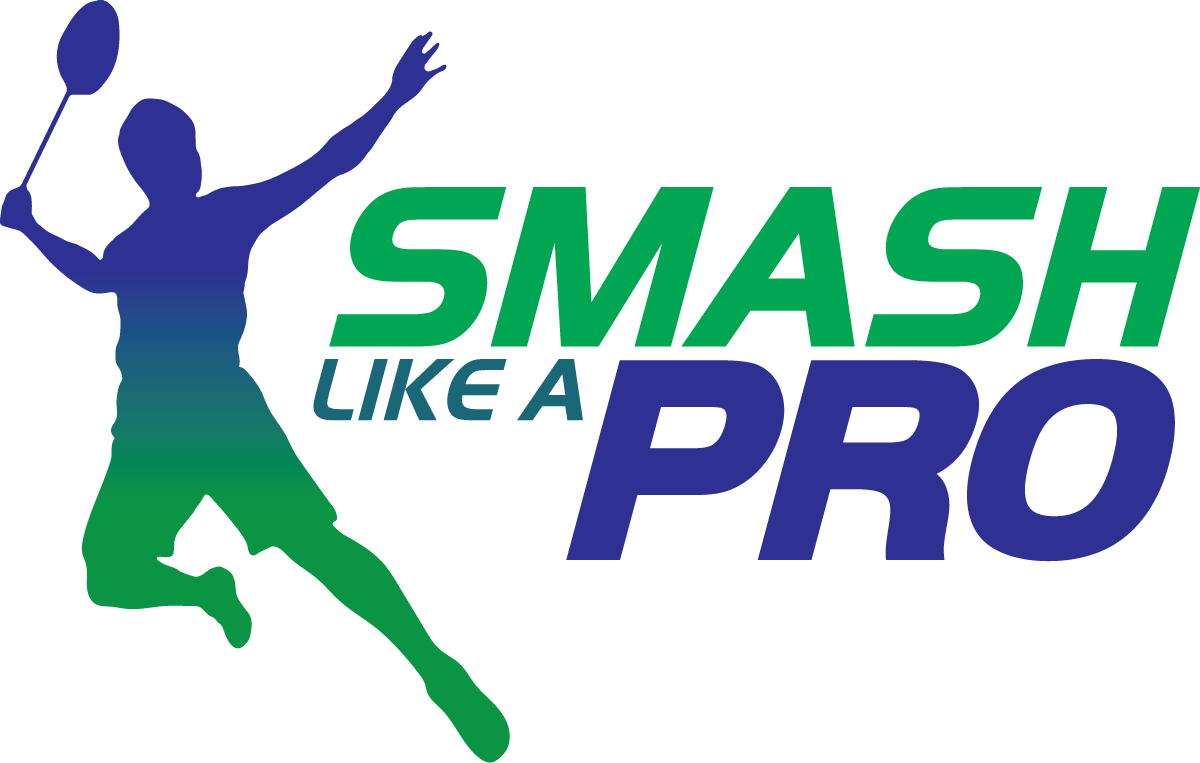Badminton Rules and Regulations: Understanding the Game
Basic Gameplay
The primary goal in badminton is to hit the shuttlecock over the net and into your opponent’s court in such a way that they cannot return it. Points are scored on every rally, regardless of which side is serving, making the game fast-paced and engaging.
Serving Rules
Serving is a critical aspect of badminton, and there are specific rules to ensure fairness:
The server and receiver must stand within their respective service courts diagonally opposite each other.
The serve must be hit underhand and below the server’s waist.
At the moment of impact, the shuttlecock must be below 1.15 meters from the court surface.
The server’s racket must initially hit the base of the shuttlecock.
Scoring System (Rally Point System)
Badminton uses a rally point system, which means a point is awarded on every rally, regardless of who served. Key points to remember:
Games are played to 21 points.
A player or team must win by two clear points.
If the score reaches 20-20, the game continues until one side gains a two-point lead.
The first side to win two games out of three wins the match.
Court Dimensions and Layout
Singles Court Measurements
The singles court is narrower than the doubles court:
Length: 13.4 meters (44 feet)
Width: 5.18 meters (17 feet)
Doubles Court Measurements
The doubles court utilizes the full width of the badminton court:
Length: 13.4 meters (44 feet)
Width: 6.1 meters (20 feet)
Net Height and Positioning
The net is a crucial element in badminton:
Height at the posts: 1.55 meters (5 feet 1 inch)
Height at the center: 1.524 meters (5 feet)
The net should be taut and extend from post to post at the sidelines.
Equipment Regulations
Racket Specifications
Badminton rackets must adhere to specific guidelines:
Maximum length: 680 mm
Maximum width: 230 mm
The stringed area must be flat and consist of crossed strings connected to the frame.
Shuttlecock Requirements
Shuttlecocks can be made of natural feathers or synthetic materials:
Weight: 4.74 to 5.50 grams
Number of feathers: 16 (for feathered shuttlecocks)
Base diameter: 25 to 28 mm
Player Attire Rules
While not as strict as some sports, badminton does have guidelines for player attire:
Clothing should be comfortable and allow for free movement.
In official tournaments, players are often required to wear clothing of contrasting colors to their opponents.
Shoes must have non-marking soles to protect the court surface.
Faults and Lets
Service Faults
Common service faults include:
The shuttlecock is hit above the server’s waist.
The server’s feet are not stationary during the serve.
The receiver moves before the serve is made.
Play Faults
During gameplay, faults can occur when:
The shuttlecock lands outside the court boundaries.
The shuttlecock fails to pass over the net.
A player touches the net or posts with their racket or body.
Let Situations
A “let” is called when play is halted and the rally is replayed. Common let situations include:
The shuttlecock gets caught on top of or in the net during service.
Both players commit a fault simultaneously.
There’s an unforeseen or accidental hindrance.
Match Structure
Game Format (Best of 3 Games)
A standard badminton match consists of the best of three games. The first player or team to win two games is declared the winner of the match.
Intervals and Breaks
Players are entitled to specific breaks during a match:
A 2-minute interval between each game.
A 1-minute interval when the leading score reaches 11 points in each game.
Change of Ends
Players change ends:
At the end of each game.
In the third game, when one side reaches 11 points.
Officiating
Umpire Responsibilities
The umpire oversees the match and has final say on all decisions. Key responsibilities include:
Calling service faults and play faults.
Keeping score and announcing the score after each point.
Enforcing the rules of the game.
Line Judge Duties
Line judges assist the umpire by calling shuttles in or out on their assigned lines. They use specific hand signals to communicate their decisions.
Service Judge Role
The service judge, when present, focuses solely on service faults, allowing the umpire to concentrate on other aspects of the game.
Special Rules for Different Events
Singles-Specific Rules
In singles, the court is narrower, and the long service line is used instead of the short service line used in doubles.
Doubles-Specific Rules
Doubles utilizes the full width of the court and has specific serving sequences that alternate between partners.
Mixed Doubles Considerations
In mixed doubles, the serving and receiving positions are crucial, with the male player typically taking the back court and the female player at the front during serves.
Recent Rule Changes and Their Impact
Experimental Scoring Systems
The Badminton World Federation (BWF) has experimented with different scoring systems, including a 5×11 point system, to make matches more exciting and TV-friendly.
Service Rule Modifications
Recent changes to service rules include the fixed-height service rule, which aims to make judging service faults more objective.
Future Potential Rule Changes
The BWF continues to explore potential rule changes to enhance the sport’s appeal and fairness, including the use of technology for line calls and service fault detection.
Understanding these rules and regulations will enhance your appreciation of badminton and improve your gameplay. Remember, while the rules are important, the spirit of the game lies in fair play, sportsmanship, and the joy of competition.
